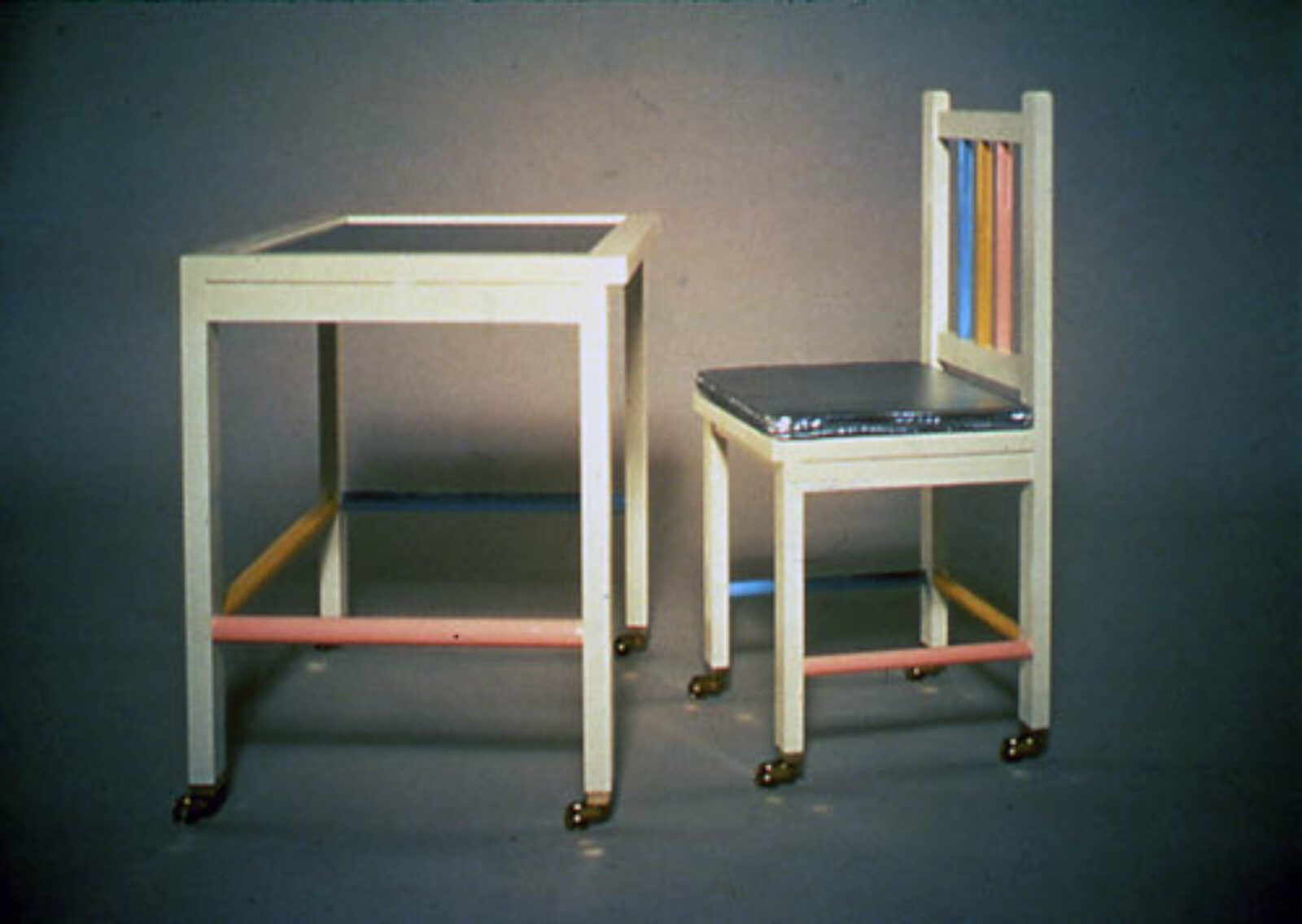![Untitled [Rat]](https://storage.googleapis.com/visualaids-galleries/galleries/making-do/_fullWidth/Untitled_5063.jpg)
















featured gallery for September 2011
Making Do
We make our way through our days, every day. Familiar objects, places and habits mark our rhythm and our meter. It is often easier to remember the interruptions, the events and the surprises. The mundane, however, provides the backdrop. It is the potency of the everyday and the urgency of making it livable that have proven so important to many artists. Making Do is about just that: The works in this selection take on and transform daily, habitual, otherwise unremarkable objects, places and practices. They are the evidence of enduring and a testament to flourishing.
Mark Morrisroe took the dead rat -- a common enough sight in urban streets -- and refashioned it to resemble the street art of spray paint stencils and graffiti tags that mark and claim the streets in different, but equally common, ways.Gregory Maskwa, similarly, transformed the street thug into the celebratory image of a superhero of rough trade.
Paul Thek, Michael Harwood and Joey Terrill each take the everyday site of the breakfast table as opportunity. Harwood's table has played a starring role in his photographs of male nudes for more than two decades. The table also features for Scott Burton, who took the opportunity of a commission for a child's table and chair to reimagine what could be. Functional like all of his work, Burton nevertheless put a subtle message in the color coding of the chair, offering a way to visualize the world as a better place. When the table and chair are pressed together in use (and Burton's sculpture is always determined by its functionality and service to the user), the stereotypically gendered colors of pink and blue stick with their own, forming pink-pink and blue-blue pairs -- a subtle and subversive reminder about the reality and the possibility of lesbian and gay couplings.
James "Jimmie Mack" Simmons's basket made of T-shirts and oxygen hoses also makes functional and symbolic the materials that are part of some of our daily lives. Like the oxygen hoses in Simmons's basket and the oversized Videx tablet on Terrill's breakfast table, the theme of living with HIV is key to many of these artists' celebrations of the mundane. Chuck Nanney's humble sculptures address HIV-related complications or emotions, literally taking the simple stuff of paperclips and office supplies to make new (and fragile) visualizations of invisible opponents. From a different perspective, Mooshka's two-spirit doll uses humble materials to make a new image of transgender potential.
Elevating the found object is a key strategy for many of these artists. Curtis Carman's feather boa, Richard Treitner's wood, and Tony Feher's bottles and marbles each rely upon reframing of the object to draw out their metaphoric or anthropomorphic meanings.
To embrace the mundane could be seen as a resignation to drudgery. Instead, these artists have used these simple things as opportunities for reflection, for imagination, and for survival. Perhaps no artist is so associated with the metamorphosis of the mundane into the fabulous asStephen Varble, whose performances of the 1970s involved the crafting of elaborate sculptural garments from the materials available to him (in one, the costume for Attic Clouds, it is 35mm slide casings -- a ubiquitous material for an artist in the pre-digital age). Like his contemporaries Burton, Brainard and Thek, Varble targeted the stuff of daily life as the raw material of reimagination. They, like all the artists presented here, made do with what they had, but in so doing demonstrated how the everyday can be remade into the future.
